- All Artworks
- Paintings
- Fine Art
Fine Art Paintings For Sale
Browse art and see similar matches
Try Visual Search
Category
Filter (2)
Filter
Category
Style
Subject
Medium
Material
Price
Size
Orientation
Color
Artist Country
Featured Artist
Look around...surrounded by happiness
Paintings, 34.1 W x 50.3 H x 0.1 D in
United States
$5,129
Paintings, 36 W x 36 H x 1.5 D in
United States
$5,750
Prints from $100
Paintings, 23.6 W x 23.6 H x 1.4 D in
Italy
$2,710
Prints from $80
Paintings, 36 W x 48 H x 1.5 D in
Canada
$7,250
Prints from $75
Paintings, 16 W x 16 H x 0.1 D in
United Kingdom
$450
Prints from $40
Paintings, 60 W x 10 H x 2 D in
United States
$3,000
Prints from $100
June 6, clouds over the mount Jalore
Paintings, 51.2 W x 31.9 H x 1.2 D in
France
$2,490
Paintings, 36 W x 30 H x 0 D in
United States
$2,170
Prints from $100
Paintings, 24 W x 24 H x 1 D in
United States
$1,825
Prints from $100
La fugue... envie d'évasion... | “ESCAPE...”
Paintings, 70.9 W x 39.4 H x 0.8 D in
Germany
$16,000
Paintings, 20 W x 16 H x 1.5 D in
United States
$1,500
Prints from $40
Paintings, 36 W x 48 H x 1.5 D in
Canada
$10,600
Prints from $75
Paintings, 50 W x 74.5 H x 0.1 D in
United States
$4,850
Prints from $40
Paintings, 16 W x 20 H x 0.1 D in
United States
$665
Prints from $100
Paintings, 39.4 W x 19.7 H x 1.6 D in
France
$3,110
Prints from $100
Paintings, 31.5 W x 23.2 H x 0.2 D in
Hungary
$470
Prints from $40
Warm Reflection on a Brick Wall
Paintings, 20 W x 24 H x 1.2 D in
United States
$2,910
Paintings, 47.2 W x 39.4 H x 1.2 D in
France
$3,810
Prints from $40
Paintings, 32 W x 30 H x 1.5 D in
United States
$580
Prints from $50
Paintings, 30 W x 40 H x 2 D in
United States
$2,610
Prints from $100
Paintings, 39.4 W x 39.4 H x 0.8 D in
France
$3,533
Paintings, 60 W x 30 H x 1.5 D in
United States
$3,125
Paintings, 73.2 W x 36.2 H x 1.2 D in
France
$5,650
Paintings, 55.1 W x 37.8 H x 1.2 D in
Brazil
$2,770
Witnesses to an Alien Abduction
Paintings, 39.4 W x 31.5 H x 1.6 D in
United Kingdom
$3,090
Paintings, 53 W x 57 H x 2 D in
United States
$5,750
Paintings, 64 W x 51 H x 1.2 D in
South Korea
$6,550
Paintings, 39.4 W x 39.4 H x 0 D in
Venezuela
$2,000
Prints from $66
Paintings, 10 W x 10 H x 1.5 D in
United States
$210
Paintings, 30 W x 31 H x 0.8 D in
United States
$1,600
Prints from $40
Paintings, 8.3 W x 11.4 H x 0 D in
France
$165
Prints from $40
Paintings, 40 W x 30 H x 0.5 D in
United States
$3,900
Prints from $63
Paintings, 39.4 W x 29.1 H x 1 D in
Vietnam
$1,030
Prints from $43
Paintings, 27.6 W x 19.7 H x 0.7 D in
Germany
$1,860
Prints from $66
Carlsbad Caverns National Park, New Mexico III [Abstract N°2412]
Paintings, 15.7 W x 15.7 H x 0.2 D in
Belgium
$760
Paintings, 28 W x 28 H x 2 D in
United States
$2,710
Paintings, 16 W x 12 H x 0.2 D in
United States
$495
Prints from $40
Paintings, 2.6 W x 5.4 H x 0 D in
Hungary
$150
Prints from $51
Paintings, 18 W x 24 H x 0 D in
United States
$665
Prints from $65
Paintings, 59.1 W x 39.4 H x 0.8 D in
Portugal
$5,700
Prints from $81
Paintings, 31.9 W x 39.4 H x 1 D in
Vietnam
$1,040
Prints from $40
Paintings, 13.8 W x 15.8 H x 0.7 D in
Austria
$860
Prints from $50
Paintings, 42 W x 64 H x 2 D in
United States
$6,400
Prints from $100
Paintings, 23.6 W x 23.6 H x 1.2 D in
Estonia
$2,210
Prints from $100
Paintings, 5.9 W x 8.3 H x 0.4 D in
Hungary
$199
Prints from $80
Paintings, 39.4 W x 47.2 H x 0.8 D in
North Macedonia
$2,375
Prints from $240
Paintings, 31.5 W x 31.5 H x 0.8 D in
Ukraine
$1,165
Prints from $70
Paintings, 42.9 W x 39.4 H x 1.6 D in
United Kingdom
$2,200
Prints from $50






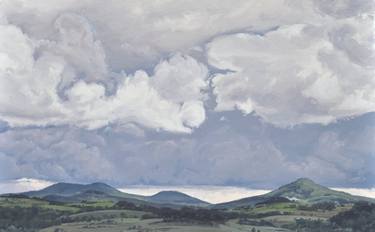




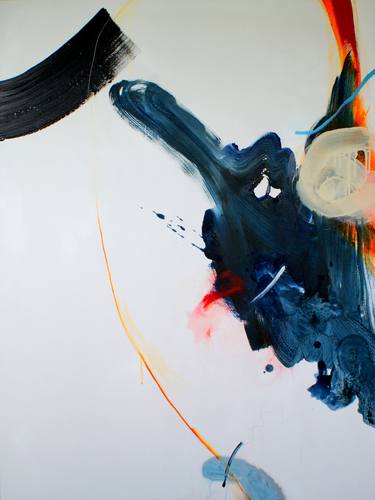

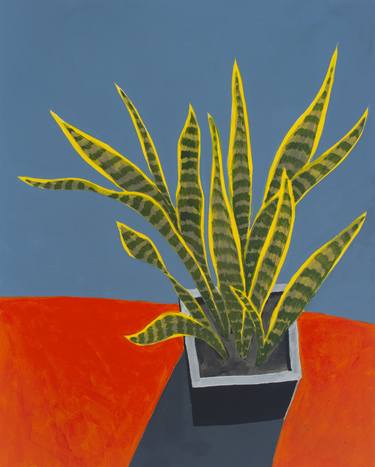





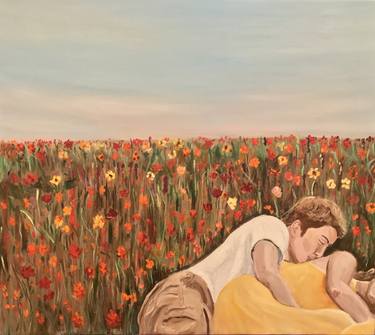

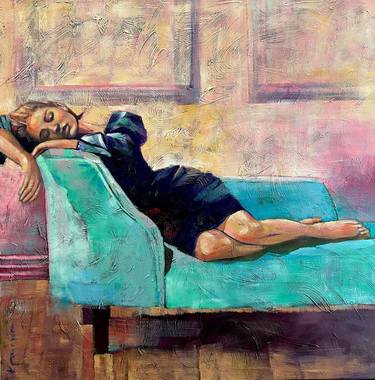


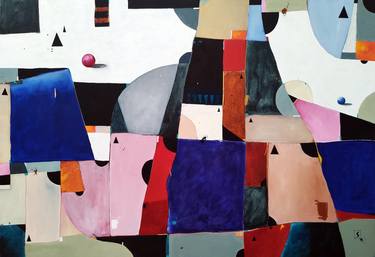











![Carlsbad Caverns National Park, New Mexico III [Abstract N°2412] thumb](https://images.saatchiart.com/saatchi/91068/art/6516631/5586307-HSC00001-6.jpg)












